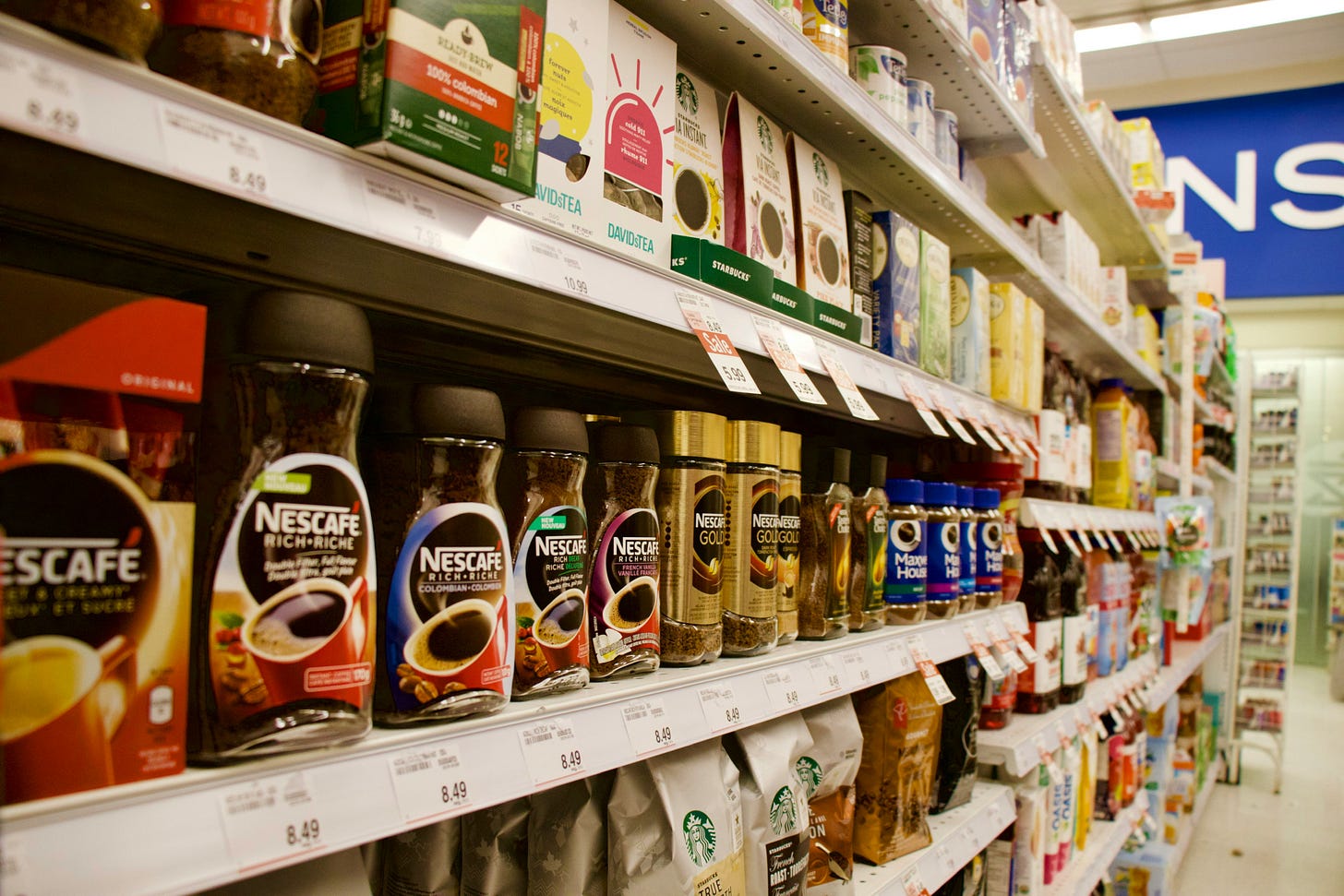How Much Will Food Prices Increase In 2025?
The report projected that the average Canadian annual grocery bill would increase by $800.
Context
Canada's latest Food Price Report predicts a 3-5% grocery price increase in 2025, with the average Canadian family's annual food expenditure projected to rise to nearly $17,000.
Analysis
The report, generated by the University of British Columbia, University of Saskatchewan, University of Guelph, and Dalhousie University, projected that the average Canadian annual grocery bill would increase by $800.
A family of four can expect their yearly food expenditure to rise close to $17,000. Despite this, the rate of cost increase has somewhat stabilized since the double-digit increases during the Pandemic.
The report finds that the most significant jump in prices would be for meat, vegetables, and fruit. Experts from the beef industry have stated that the cattle herd is the smallest it has been since 1987.
This has contributed to the price of beer striploin to increase from $20 in 2023 to $32 per kilogram. Restaurant prices are also expected to rise 3 to 5 percent, reflecting the overall increased cost of food. However, some commodities, such as olive oil, are expected to decrease in price by half.
The general increased cost of living is shifting some buying behaviours. A report found that 47.3 percent of Canadians choose food because of its affordability, while only 24.9 percent purchase for nutrition.
Despite the stabilizing inflation and lower interest rates, food insecurity is becoming an increasing concern nationwide. In 2023, 22.9 percent, or 8.7 million Canadians within the provinces, lived in a food-insecure household.
This trend is impacting younger individuals, with 40 percent of Gen Z’s having to borrow money or dip into savings to afford groceries. Food banks have also seen record increases in demand, jumping 90 percent since 2019.
The research suggested that the increased costs can be attributed to a multitude of factors. Extreme weather events connected to climate change pose serious challenges for food producers.
Further, droughts in West Africa and flooding in Brazil have increased the cost of cocoa and orange juice. The lower Canadian dollar is also expected to have an impact as it reduces the buying power of Canadian food importers.
Additionally, there is some concern over the potential effects that the Trump presidency will have on import and export tariffs.




